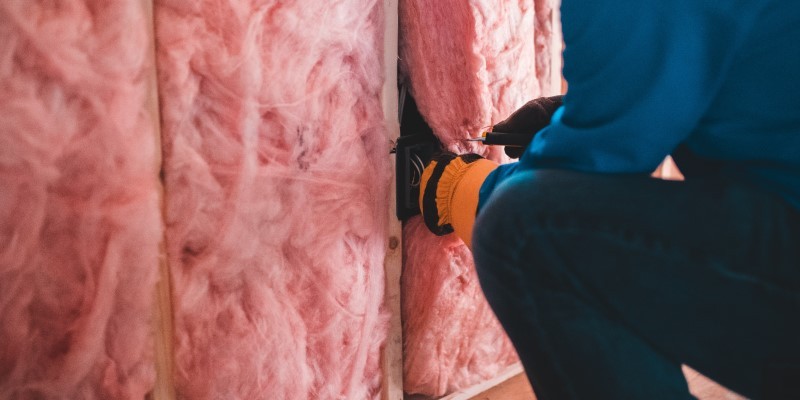When it comes to enhancing energy efficiency in homes, injection foam insulation has emerged as a popular choice among homeowners and contractors alike. This innovative insulation method not only provides superior thermal performance but also contributes to noise reduction and moisture control. However, one of the most pressing questions for homeowners considering this option is: How much does injection foam insulation cost? In this article, we will delve into the various factors that influence the cost of injection foam insulation, provide a breakdown of potential expenses, and offer insights to help you make an informed decision.
What is Injection Foam Insulation?
Injection foam insulation is a type of spray foam insulation that is injected into walls, attics, and other cavities to create an effective thermal barrier. Unlike traditional insulation materials, such as fiberglass or cellulose, injection foam expands upon application, filling gaps and voids that might otherwise allow air leaks. This characteristic not only enhances insulation performance but also helps in reducing energy bills over time.
Factors Influencing the Cost of Injection Foam Insulation
- Type of Foam: There are two primary types of injection foam insulation: open-cell and closed-cell. Open-cell foam is less expensive but offers lower R-value (a measure of thermal resistance) compared to closed-cell foam, which is denser and provides better insulation. The choice between these two types significantly impacts the overall cost.
- Area of Application: The size of the area being insulated plays a crucial role in determining the cost. Larger spaces will naturally require more material and labor, leading to higher expenses. Additionally, the complexity of the installation site—such as the presence of obstacles or the need for additional preparation—can also affect labor costs.
- Labor Costs: The cost of labor can vary widely based on geographic location, the experience of the contractors, and the complexity of the job. In urban areas, labor costs tend to be higher due to demand, while rural areas may offer more competitive rates. It’s essential to obtain multiple quotes from reputable contractors to ensure you’re getting a fair price.
- Additional Materials: Depending on the specific requirements of your insulation project, you may need additional materials such as vapor barriers, framing, or drywall. These can add to the overall cost, so it’s important to factor them into your budget.
- Accessibility: If the area to be insulated is difficult to access—such as tight crawl spaces or high attics—this can increase labor costs due to the additional time and effort required for installation.
Cost Breakdown
On average, homeowners can expect to pay between $1.00 to $3.00 per board foot for injection foam insulation. Here’s a more detailed breakdown:
- Open-Cell Foam: Typically ranges from $0.50 to $1.50 per board foot. This option is suitable for interior walls and attics where moisture is not a significant concern.
- Closed-Cell Foam: Generally costs between $1.50 to $3.00 per board foot. This type is ideal for exterior walls and areas prone to moisture, as it provides a higher R-value and acts as a moisture barrier.
- Labor Costs: Labor can add an additional $0.50 to $2.00 per board foot, depending on the factors mentioned earlier.
Total Project Costs
For a typical home insulation project, the total cost can range from $1,500 to $3,500 for an average-sized home (around 1,500 to 2,000 square feet). This estimate includes both materials and labor. However, it’s crucial to note that costs can vary significantly based on the factors discussed, so obtaining a detailed estimate from a professional is advisable.
Long-Term Savings
While the initial investment in injection foam insulation may seem high, it’s essential to consider the long-term savings on energy bills. Homes with proper insulation can see a reduction in heating and cooling costs by up to 30%, making it a cost-effective solution over time. Additionally, improved indoor air quality and comfort can enhance the overall living experience.
Conclusion
Injection foam insulation is a valuable investment for homeowners looking to improve energy efficiency and comfort in their homes. Understanding the various factors that influence the cost can help you make an informed decision. By considering the type of foam, area of application, labor costs, and additional materials, you can better estimate your budget for this project. Always consult with experienced professionals to obtain accurate quotes and ensure that your insulation project is executed to the highest standards. With the right approach, injection foam insulation can provide significant benefits for years to come.


